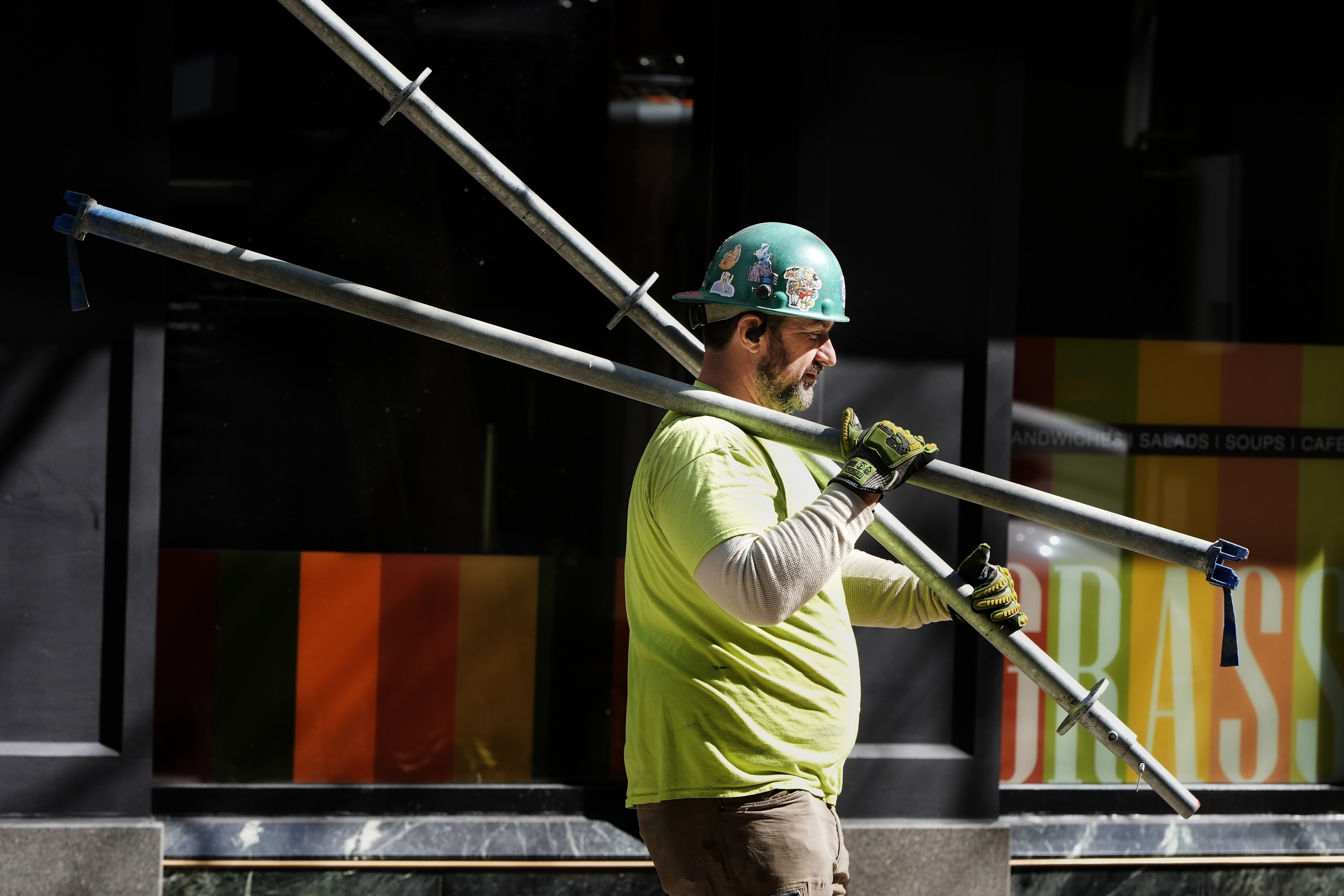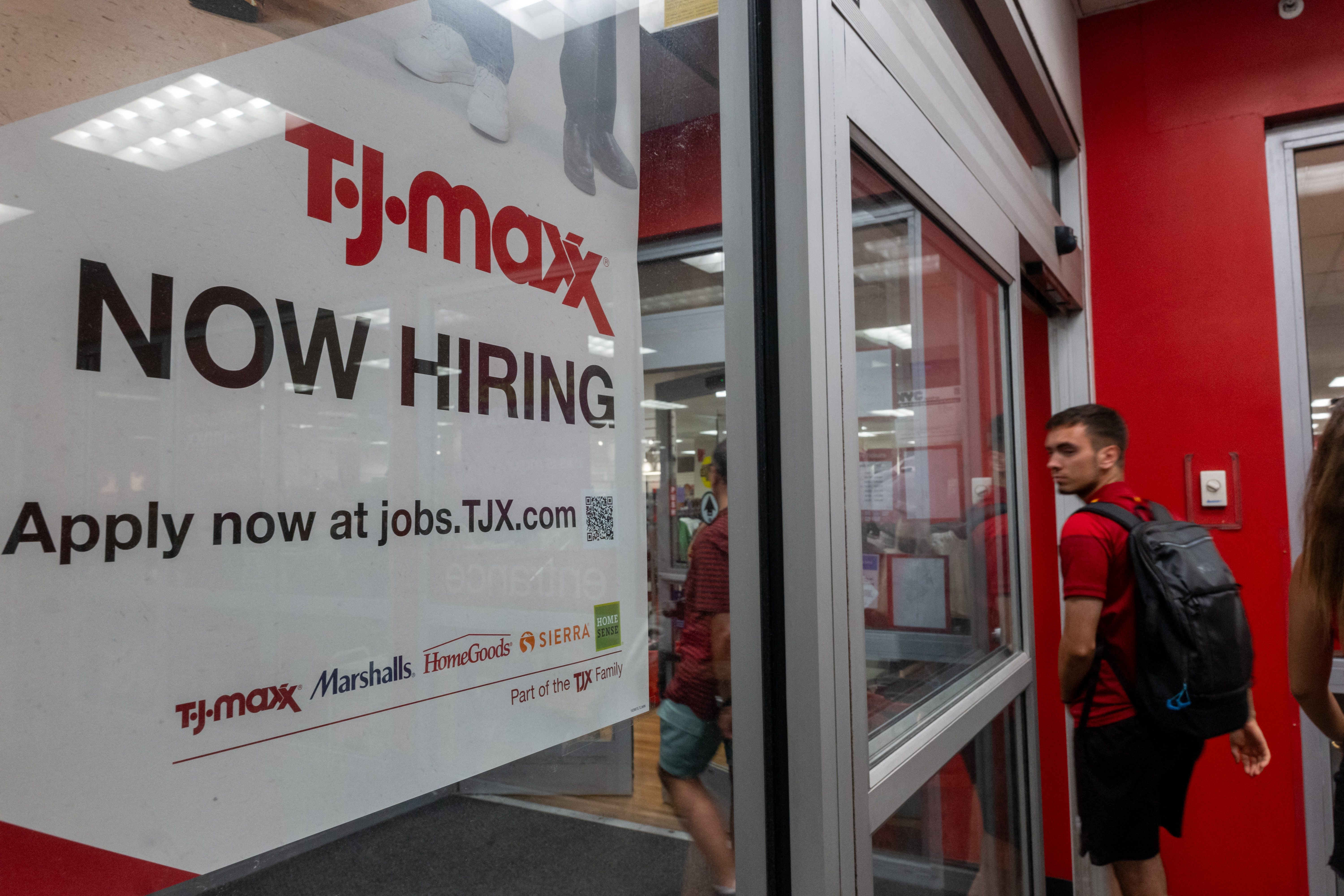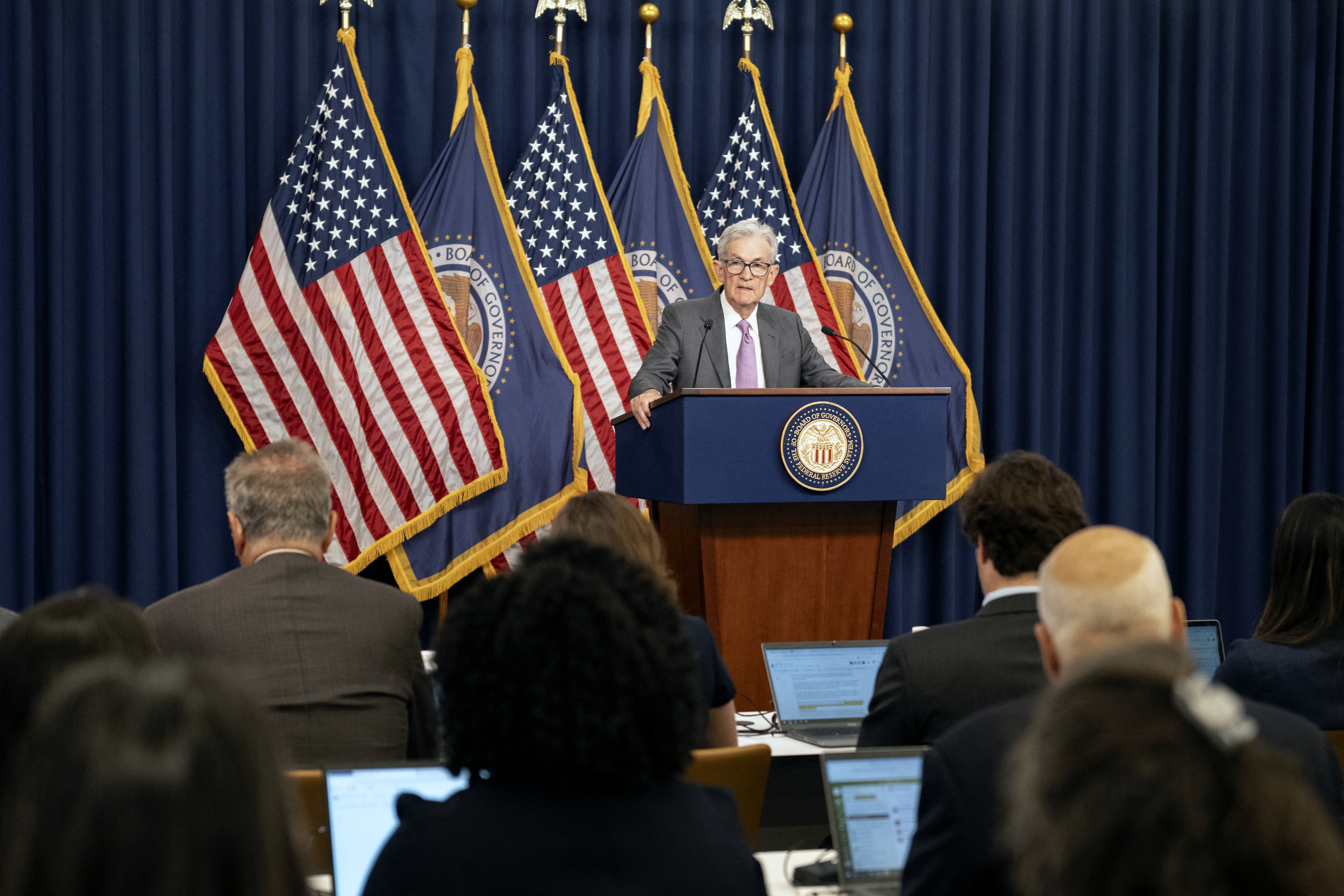
WASHINGTON - The US jobless rate rose in July, which some economists said has strengthened the case for an interest rate cut.
Job growth ratcheted down in July more than analysts had anticipated, according to data released Friday from the US Labor Department.
That caused the unemployment rate to edge up higher and sparked fears of an economic slowdown.
The US economy added a mere 114,000 non-farm jobs in July, dropping from 179,000 in the prior month and below economists' estimate of 185,000 jobs.
The unemployment rate ticked up to 4.3 percent, the highest since October 2021, when the economy was still recovering from the COVID-19 crisis.
ALSO READ: Top Fed officials say they are 'closer' to cutting interest rates
"The employment report was surprisingly weak," and strengthened the case for a near-term rate reduction, Barry Bosworth, economist and senior fellow at the Brookings Institution, told Xinhua.
Combined with the price report, it may be a tipping point for the Federal Reserve (Fed), Bosworth said.
Desmond Lachman, a senior fellow at the American Enterprise Institute and a former official at the IMF, told Xinhua that Friday's report suggests the Fed is behind the policy curve.

It is "difficult to understand" why the Fed has not already started an interest rate cutting cycle when the economy is slowing, real progress is being made in reducing inflation, and downside risks to the economic recovery are now building, Lachman said.
"This heightens the chances that by the time that the Fed starts cutting interest rates, it will have waited too long to avoid an economic recession," Lachman said.
ALSO READ: Fed holds rates steady, flags 'lack of further progress' on inflation
Dean Baker, a senior economist at the Center for Economic and Policy Research, told Xinhua that barring some big surprises, it can be assumed that the Fed will cut rates in September.
The only real question is whether it is 0.25 percentage points or 0.50 percentage points, he said.
The jobs report comes after Wednesday's announcement that the Fed could cut rates in September, adding more complexity to the question of whether, when and how much to cut rates.
Fed Chair Jerome Powell on Wednesday said the labor market was going through "ongoing, gradual normalization" that would allow officials to wait and ensure the data shows a reduction in inflation, before the central bank made the decision to cut rates.

The report also comes after markets took a nosedive on Thursday, after data showed a surprise rise in individuals filing for jobless benefits.
The drop was the worst sell-off this year, and prompted investors to fret that the central bank could be waiting too long to start trimming interest rates.
The jobless report comes just a few months before November's presidential elections.
READ MORE: US economic growth slows more than expected in first quarter
"A rising unemployment rate is difficult for an incumbent administration," said Brookings Institution Senior Fellow Darrell West.
"But it is not clear whether this is a one-month development or the start of a new trend," West said, referring to Friday's report.


